![]() Find a Distributor
Find a Distributor
![]() Contact Us
Contact Us
![]() Like us on Facebook
Like us on Facebook
![]() Follow on Twitter
Follow on Twitter
![]() Connect on LinkedIn
Connect on LinkedIn
![]() Follow on Instagram
Follow on Instagram
![]() Subscribe on Youtube
Subscribe on Youtube
MENU
Efflorescence is often described as a white or ivory chalk-like deposit. Efflorescence is formed by water migrating through the masonry wall and out the pores. As it passes through the wall, it collects loose salt and lime and brings them to the surface. As the water evaporates, the salt or lime particles bond to the wall causing white stains.
Several products can be used to remove efflorescence. NMD 80 at a (4:1) dilution. When using NMD 80 for post construction cleaning, removing mortar smears, NMD 80 will not cause cleanup efflorescence. EF-Fortless (undiluted) is formulated for one purpose which is to remove efflorescence (calcium chloride). EF-Fortless is a soap solution that counteracts efflorescence.
As you can see by the pictures below, not all white deposits are the same. While some of them appear to be very similar, a simple test with water will help you determine if you have efflorescence or another variety of white deposit. Simply spray water on an affected area. If the stain disappears when wet and re-appears when dry, it might be efflorescence. If the stain is still visible, it may not be efflorescence.
Product specification sheets must be read for the details on "how to use". Always test prior to beginning full scale cleaning operations. Testing should confirm cleaning effectiveness on each type of surface and stain designated to be removed. Also test to determine the desired surface contact time and any potential for adverse reactions with adjacent materials. Allow test panels to dry thoroughly before evaluating final appearance and results.
The Complete Cure for New Construction Issues is a series of products and tests designed to resolve virtually any staining issue that may arise due to the new construction process: efflorescence, calcite, white scum, haze, vanadium, manganese, etc.
Click images below for more information. ▼
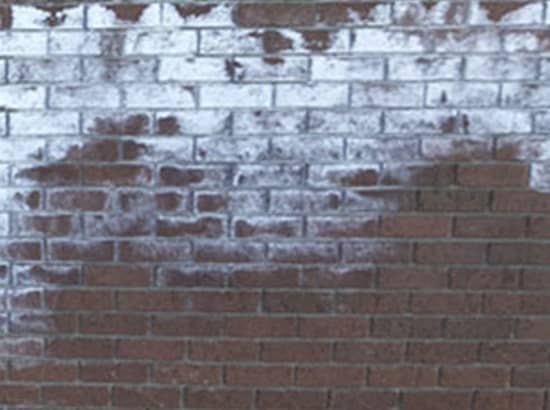
Use Effortless
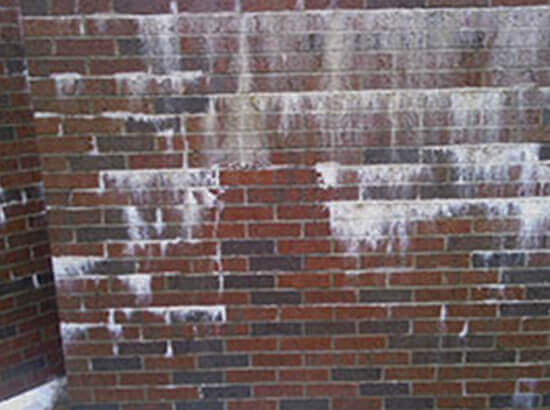
Use Calcite Presoak followed by NMD 80.
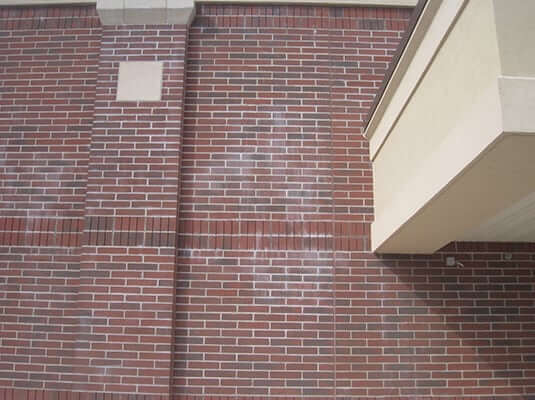
Use OneRestore
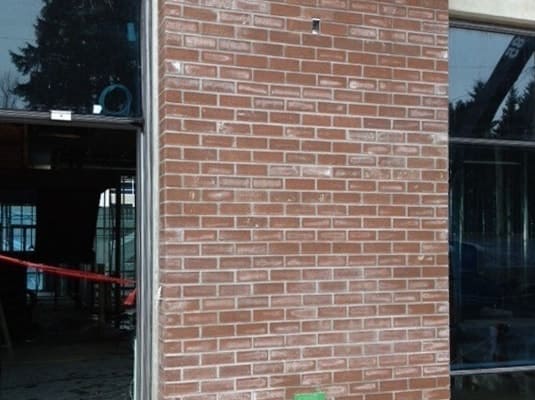
Use White Scum Presoak followed by NMD 80
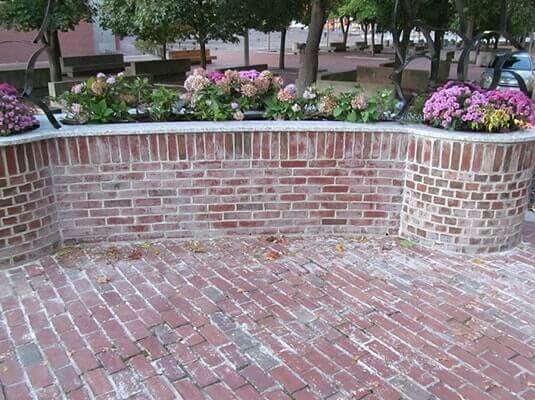
Use AcrylicStrip
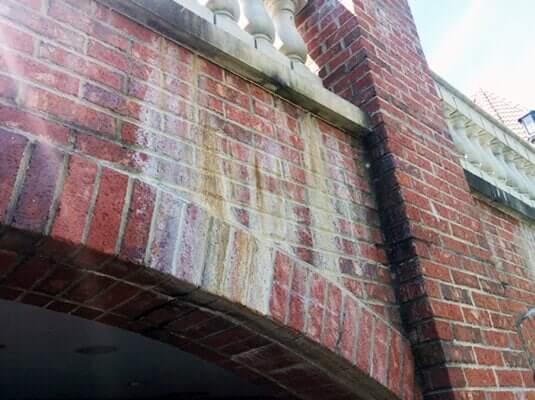
Use Calcite Presoak and followed by NMD 80
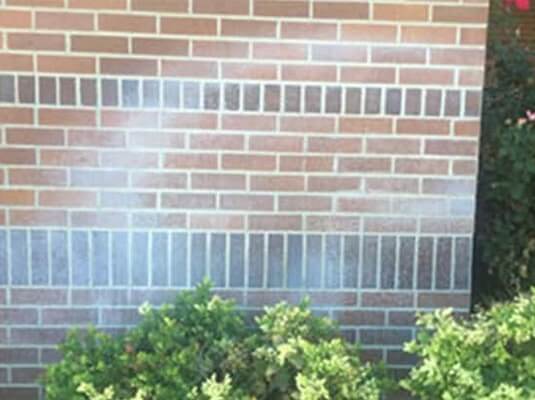
Use OneRestore®
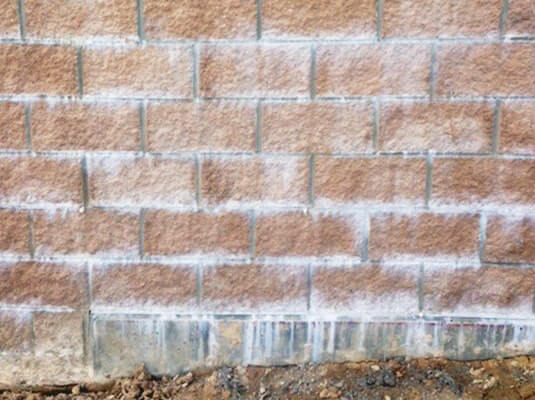
Use OneRestore® and followed by NMD 80
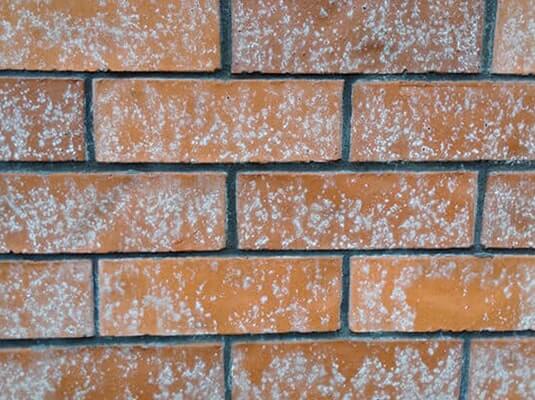
Use OneRestore® following the "Deep Stain Removal Process"
